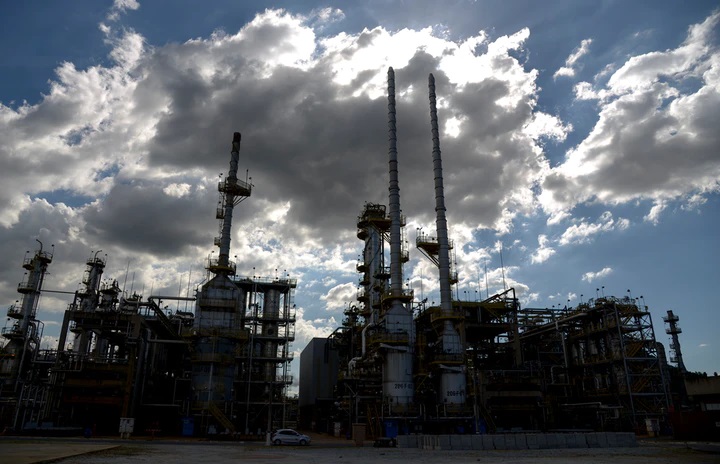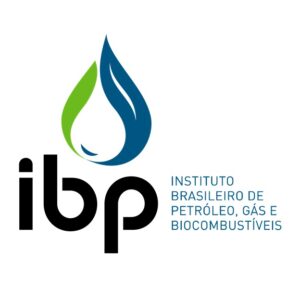
(S&P Global Platts, 30.Jun.2020) — Brazil’s refineries returned close to pre-pandemic levels in June, despite several incidents at processing units across Latin America’s biggest country that led to output volatility during the month, the Mines and Energy Ministry said June 30.
State-led oil company Petrobras, which operates 98% of Brazil’s refining capacity, was running refineries at 77% of installed capacity on June 27, the ministry said in its latest coronavirus impact report. That was down from an average of 79% in the first quarter, but off the social-distancing low of 52% set in mid-April, the ministry’s data showed.
“After a period of oscillations in the first 15 days of the month because of incidents at processing units, the global oil-processing cargo at refineries returned to growth and consistency that maintained volumes equivalent to those practiced before the start of the pandemic and social-distancing measures,” the ministry said.
Petrobras slashed oil and natural gas production as well as reduced refinery run rates in late March amid expectations for dramatically lower refined-product demand because of the implementation of social-distancing measures. Demand, especially for diesel driven by the sugarcane and oil seed harvest seasons, proved more resilient than initially expected, with Petrobras walking back the production cuts by mid-April.
The uptick in oil and gas output was accompanied by an increase in refining activity, although Petrobras did bring forward some maintenance work and temporary unit stoppages during the downturn. The return of domestic demand and quick turnarounds on maintenance projects combined with a fire at a distillation unit at the Refinaria Duque de Caxias, or Reduc, on June 15 undermined refinery performance, the ministry’s data showed.
Refined-product sales remained mostly lower on the year in the June 1-24 period, measured by the Mines and Energy Ministry, as social-distancing measures curbed mobility, but there are signs of a nascent recovery in demand, the ministry said.
Diesel sales were a highlight in the period, advancing 3.5% on the year, the ministry said. Diesel demand has been driven by the agriculture sector, which started to bring in the winter harvest in late March.
Sales of 13-kilogram LPG tanks also advanced on the year in the June 1-24 period, climbing 19.6%, the ministry said. LPG sales have been boosted by consumer fears of shortages, with Brazilians building stocks of the tanks used to power cooking stoves in regions not covered by traditional natural gas distribution networks.
Jet fuel sales were most affected by the outbreak, which caused air travel to plummet. Jet fuel sales plunged 75.9% on the year in the June 1-24 period, the ministry said. Gasoline and ethanol sales were also down on the year as fewer Brazilians drove during the shutdowns, with gasoline sales falling 8% on the year and ethanol sales down 22.5%.
Hydrous ethanol can be used directly in tanks of flex-fuel vehicles and is a biofuel competitor to gasoline, while gasoline sold at the pump is blended with 27% anhydrous ethanol.
__________
By Jeff Fick

